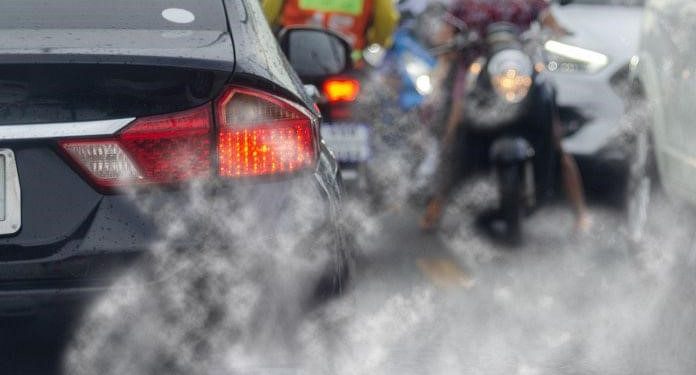Dhaka, the vibrant capital of Bangladesh, has been experiencing an unprecedented boom in recent years. With a rapidly growing population, bustling industries, and a flourishing economy, the city is progressing. However, amidst this rapid development, a dark cloud overshadows Dhaka’s success story – runaway air pollution. The alarming increase in air pollution levels is not only compromising the health and well-being of its citizens but also posing a significant threat to the city’s growth and sustainability.
The Invisible Killer: Air Pollution on the Rise
Dhaka’s skyline may be adorned with towering buildings and modern infrastructure, but its air quality has become dangerous. The city is facing an air pollution crisis of epic proportions, with particulate matter (PM2.5) levels consistently exceeding safe limits. The unregulated growth of industries, vehicular emissions, and inadequate urban planning are contributing factors to this invisible killer.
Health at Stake: Respiratory Diseases on the Surge
As the levels of air pollution rise, so does the toll on public health. Dhaka’s hospitals are witnessing a surge in respiratory diseases, with children and the elderly being the most vulnerable. Conditions like asthma, bronchitis, and lung cancer are becoming increasingly common. It’s not just a health crisis; it’s a humanitarian one.
Economic Consequences: Productivity Takes a Hit
While Dhaka’s economic engine roars, air pollution is quietly sapping its vitality. Employees fall sick more frequently, leading to increased absenteeism and decreased productivity. The high healthcare costs for treating pollution-related illnesses also burden individuals and the healthcare system, diverting resources from other critical needs.
A Call to Action: Government Initiatives and Public Awareness
The Dhaka authorities recognize the situation’s urgency and have initiated measures to combat air pollution. These include stricter emissions standards, promoting cleaner energy sources, and encouraging public transportation. However, there’s a need for continued and sustained efforts and a heightened sense of public awareness and participation.
Conclusion
Dhaka’s rapid urbanization and economic growth are undeniable markers of progress, but they come at a price – the dangerous decline in air quality. As the city strives to maintain its upward trajectory, tackling air pollution must be a priority. The health of its citizens, the productivity of its workforce, and the sustainability of its growth are all at stake. Dhaka must not only look to its government but also its people to combat this crisis and ensure that the pall of pollution doesn’t overshadow the boom it’s experiencing.




